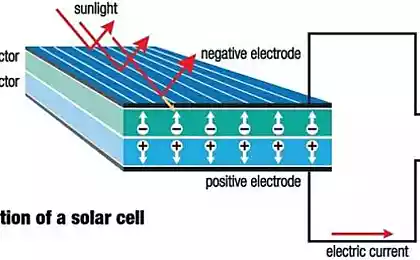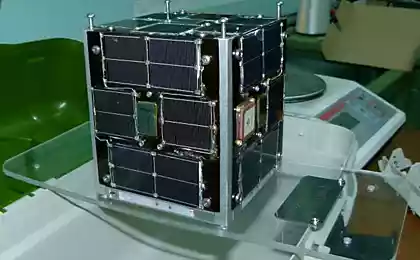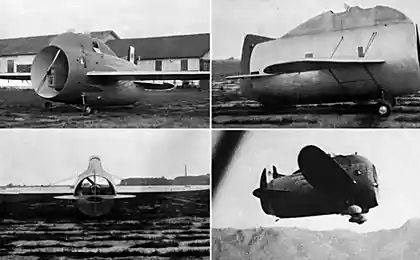870
Atmospheric satellite, solar has successfully completed testing
The prototype of the first Russian atmospheric satellite, solar powered Owl has successfully completed the tests, having made a two-day non-stop flight, said Deputy General Director of the Foundation for advanced studies Igor Denisov.
"Flight tests of unmanned, equipped with solar panels and batteries fully confirmed the efficiency of the adopted technical solutions. The duration of the flight the pilot was 50 hours at altitudes up to 9 thousand meters," — said Denisov.
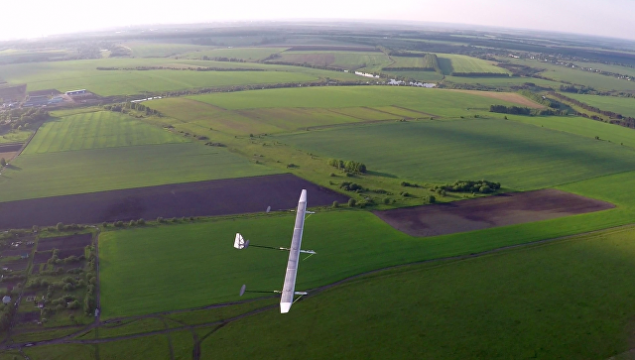
According to him, the ultimate goal of project implementation is experimental confirmation of the possibility of achieving extremely long flight at all latitudes of Russia, including at latitudes above 66.5 degrees. The project is implemented by Foundation for advanced studies and the company "Tiber" in the framework of the project "Owl". The first prototype of atmospheric satellite has a nine foot wingspan and extremely lightweight construction — 12 pounds. "The flight duration was limited not by the capabilities of the model, and with the decision of the chief test of the sufficiency of the cycle to confirm the stated characteristics. Beginning of flight tests of the second prototype complex "Owl" with a wingspan of 28 metres planned for September of 2016," — said Denisov. As noted in the Fund of the Russian atmospheric satellite will help to solve the problem of providing long-term monitoring in the Northern latitudes, and to meet the growing telecommunication requests in various fields. "These functions usually performed by spacecraft, which have a high cost and thus is not fully satisfy the objectives especially in terms of ensuring real-time monitoring. Unmanned solar-powered will perform these missions more effectively and at lower cost than satellites, manned aircraft or UAVs based on fuel cells," said the Fund.
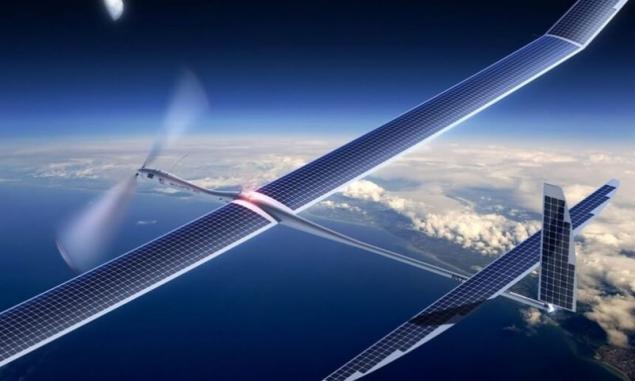
The advanced research Foundation (DRF) was established in 2012, by analogy with the U.S. Agency DARPA, which is responsible for the promotion of innovation in the U.S. Armed forces. Currently, the Foundation runs more than 50 projects, they set up a laboratory at leading universities and research institutes of the country. At the end of 2015 in the structure of FPI was created by the national center of technology development and the basic elements of robotics.
Source: www.energy-fresh.ru/news/?id=13492
"Flight tests of unmanned, equipped with solar panels and batteries fully confirmed the efficiency of the adopted technical solutions. The duration of the flight the pilot was 50 hours at altitudes up to 9 thousand meters," — said Denisov.

According to him, the ultimate goal of project implementation is experimental confirmation of the possibility of achieving extremely long flight at all latitudes of Russia, including at latitudes above 66.5 degrees. The project is implemented by Foundation for advanced studies and the company "Tiber" in the framework of the project "Owl". The first prototype of atmospheric satellite has a nine foot wingspan and extremely lightweight construction — 12 pounds. "The flight duration was limited not by the capabilities of the model, and with the decision of the chief test of the sufficiency of the cycle to confirm the stated characteristics. Beginning of flight tests of the second prototype complex "Owl" with a wingspan of 28 metres planned for September of 2016," — said Denisov. As noted in the Fund of the Russian atmospheric satellite will help to solve the problem of providing long-term monitoring in the Northern latitudes, and to meet the growing telecommunication requests in various fields. "These functions usually performed by spacecraft, which have a high cost and thus is not fully satisfy the objectives especially in terms of ensuring real-time monitoring. Unmanned solar-powered will perform these missions more effectively and at lower cost than satellites, manned aircraft or UAVs based on fuel cells," said the Fund.

The advanced research Foundation (DRF) was established in 2012, by analogy with the U.S. Agency DARPA, which is responsible for the promotion of innovation in the U.S. Armed forces. Currently, the Foundation runs more than 50 projects, they set up a laboratory at leading universities and research institutes of the country. At the end of 2015 in the structure of FPI was created by the national center of technology development and the basic elements of robotics.
Source: www.energy-fresh.ru/news/?id=13492

